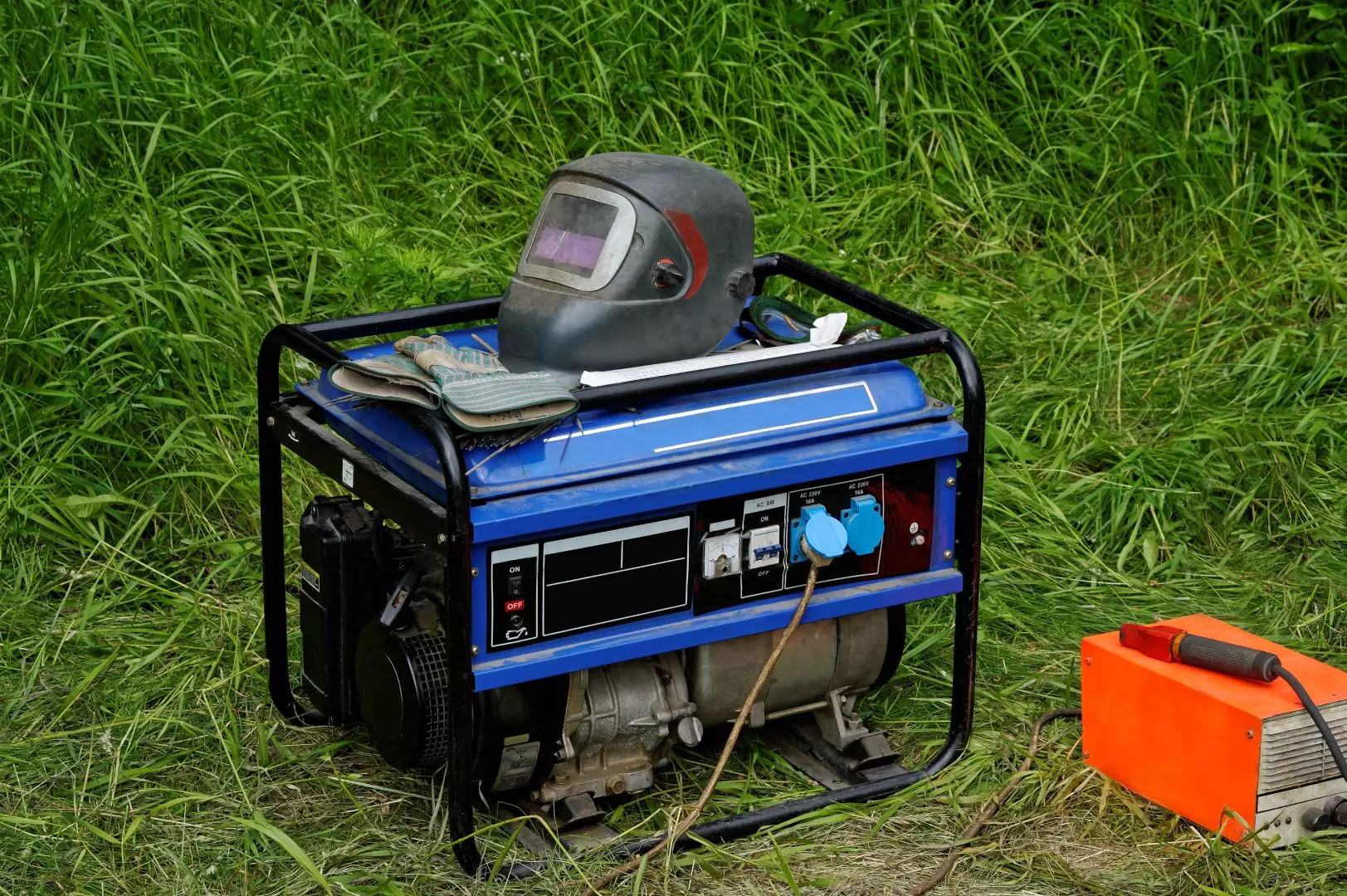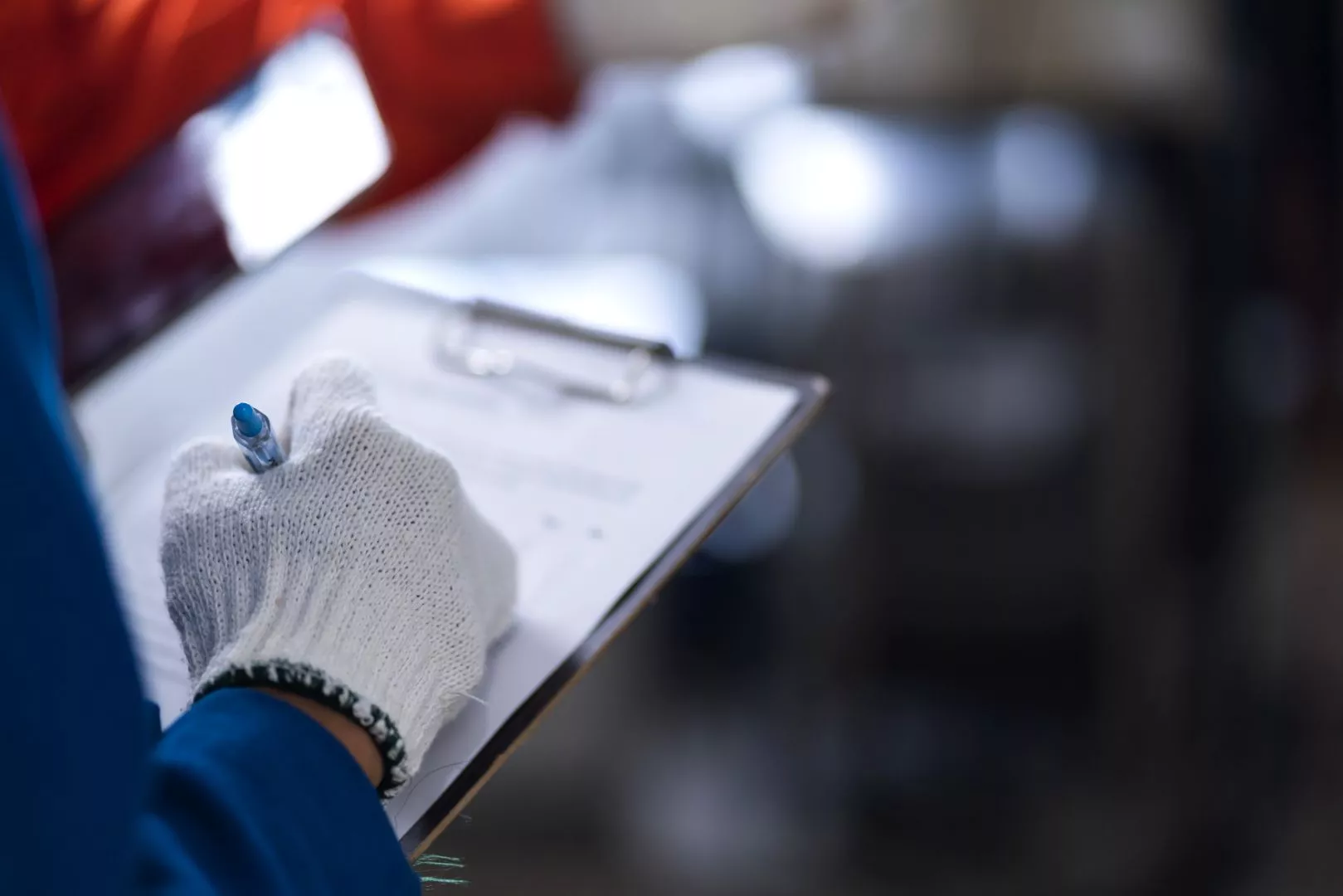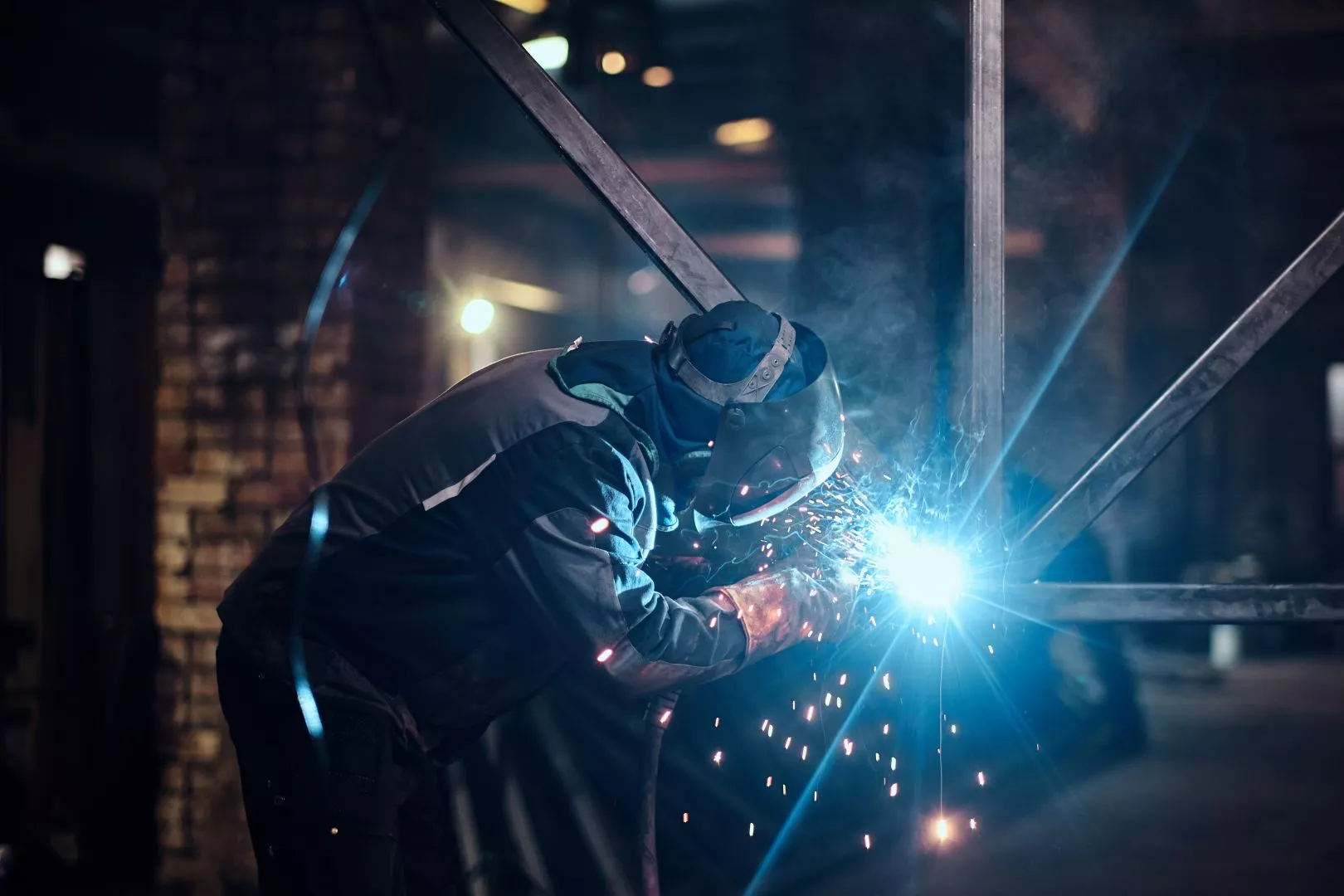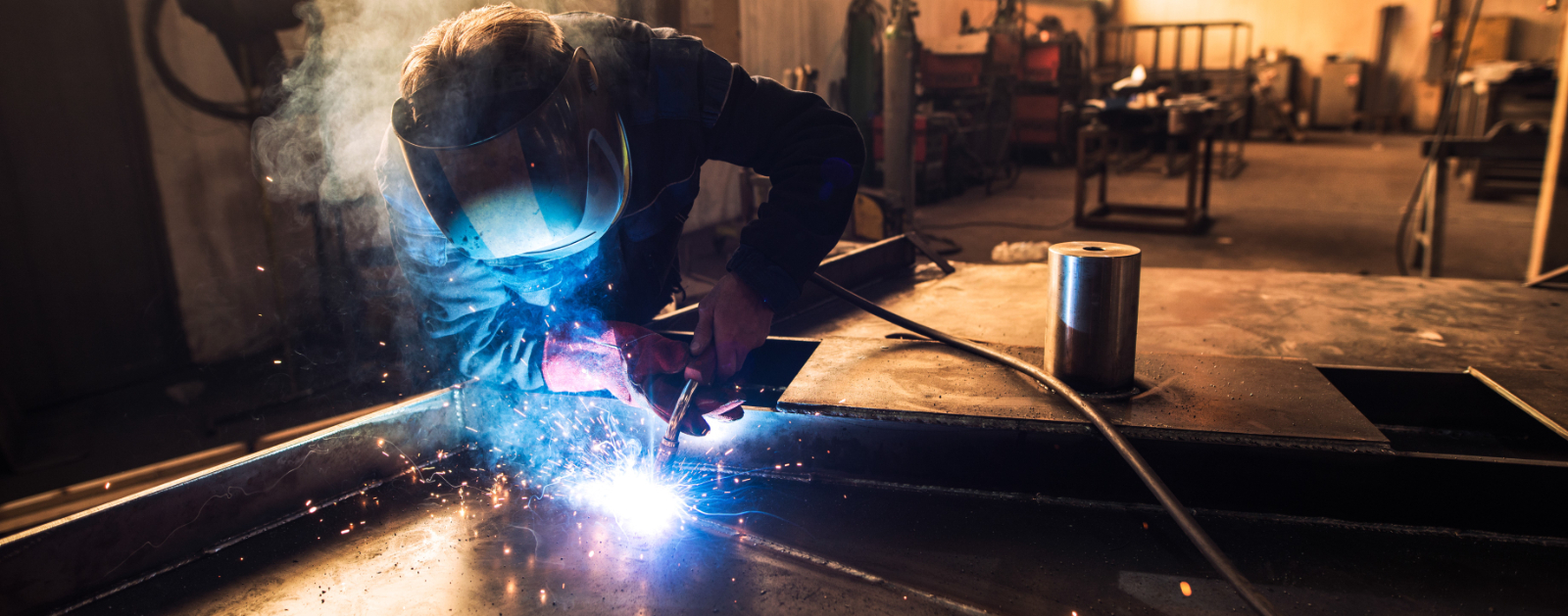Discover the most common welding practices utilised across industries worldwide, from MIG and TIG welding to stick and flux-cored welding. Gain insights into each method's applications, advantages, and considerations, empowering you to make informed decisions for your industrial welding projects.
Where do welders work?
Industrial welders, the specialists knowledgeable about all aspects of industrial welding practices, are not bound to any single area or sector.
They can commonly be found in various industries such as construction, automotive, shipbuilding, and aerospace, just to name a few. These are industries that involve the construction and maintenance of metal structures and equipment. The versatility of welding skills makes welders valuable in diverse sectors.
Welders play an instrumental role in several industries by utilising their skills to fuse steel and other metals. In the construction sector, they are an essential part of erecting buildings, bridges, and other infrastructures. Within the realm of the auto industry, welders are heavily relied upon to fabricate, repair, and maintain vehicle bodies and components. This ensures vehicular safety and longevity.
Similarly, the shipbuilding industry greatly values welders for their significant involvement in the construction and repair of various types of marine vessels including ships, yachts, and naval vessels. The aerospace industry also greatly depends on their skills. Highly skilled welders are crucial in the construction, assembly, and repair of metallic aerospace components, ensuring the safe and effective application of such components within the industry.
Additionally, welding is a critical skill in the manufacturing industry, in particular, the automobile sector, where skilled welders are required for constructing vehicle parts. Welders are also deployed in the construction industry to build strong infrastructures like buildings, bridges and tunnels. There's demand for welders in the maintenance and repair sector to fix broken parts in machinery.
Even unexpected areas like underwater welding for repairing ship hulls and offshore oil platforms need the expertise of a welder. Uniquely, many creative fields, such as jewellery making and furniture design, also use welding techniques.
Types of Industrial Welding Tools
Industrial welding isn't just about understanding the process but also possessing thorough knowledge regarding the myriad of tools involved. Crucial tools utilised within this industry include many items that prioritise safety and precision, such as welding helmets, gloves, jackets, masks, and boots.
Additional equipment includes goggles for protecting eyes from harmful sparks, earplugs to diminish loud noise levels, and tape measures to guarantee the accuracy of work. Employing a strong understanding of these items and their correct usage enables a welder to carry out tasks safely and proficiently.

Welding is a demanding job that requires protective gear for safety. This includes a helmet and mask to protect a welder's face and eyes from extreme heat, sparks and intense light that could cause burns or damage to vision.
Additional safety measures are taken with robust welding gloves and jackets, typically made from leather. These items provide a shield against burns and excessive heat, reducing the risk of injuries, while allowing the welder to perform their work comfortably and efficiently.
Furthermore, protective gear helps to maintain focus on the intricate task at hand, promoting optimal work output.
The welding boots serve as a protective barrier for the feet and ankles against falling molten metals or heavy objects, hence ensuring safety at work. Meanwhile, the inclusion of specially designed goggles is important for they shield the eyes from potentially harmful infrared or ultraviolet rays, providing crucial protection for the welder's vision.
Another essential item is earplugs, these are used effectively to protect one's hearing against the noisy process of welding, highlighting their importance.
Last but not least in this arsenal of welding equipment is the trusty tape measure. This tool is not for protection but for accuracy, aiding in making the precise measurements that are often critical in many a welding project. It's clear to see that each piece of this welding gear plays an essential role.
Industrial welding safety tips and hazards
Ensuring safety in the industrial welding field is incredibly vital. Considering that welding revolves around the use of high temperatures and potentially dangerous materials, knowledge and strict adherence to safety procedures are indispensable.
One primary piece of advice is the consistent wear of appropriate personal protective equipment. This encompasses welding helmets, gloves, jackets, boots, and earplugs. These apparatuses considerably lower the risk of injuries by providing physical protection against heat, sparks, and sharp objects, thereby enabling welders to perform their duties with an increased level of safety.

Welders require a detailed understanding of the properties of the metals they frequently handle. Certain metals, for instance stainless steel, give off dangerous fumes upon being welded. It's vital that welders comprehend this, as it can aid them in implementing suitable safety precautions.
This information not only ensures the efficient completion of their tasks, but also prioritises the safeguarding of their wellbeing, making their work more risk-controlled and health-conscious.
The risk of electrical injuries also lingers in the fact that many welding procedures like MIG and TIG welding utilise an electric arc. Thus, it becomes pivotal to maintain dry surroundings whilst engaging in welding and to utilise insulating materials. Ensuring proper insulation can help prevent possible electrical shocks. Through vigilant observance of these safety measures, potential hazards in the welding industry can be significantly minimised, hence guaranteeing a safer working environment.
Who can perform industrial welding inspections?
Industrial welding inspections form a key part of the manufacturing process, carried out by certified welding inspectors (CWIs). These specially trained professionals not only have in-depth knowledge about welding but also possess practical skills, acquired through rigorous training, to inspect the quality of welds effectively. They meticulously analyse each weld to determine if it adheres strictly to predefined standards and specifications outlined in the industry policies.
The central role of these inspectors is to ensure utmost quality and safety of the welds. By carrying out thorough evaluations, they provide an essential safety net, conducting thorough quality control within the industry. Their inputs based on on-site investigations assist in identifying potential flaws or weaknesses, helping to prevent any future mishaps. Their contribution is paramount in maintaining standards and reducing the risk of defective welds entering service.
These experts also play a pivotal role in guiding welders with their expertise. They provide immediate feedback and valuable advice to the welding team, contributing to continuous improvements in their work. By ensuring ongoing adherence to high-quality welding practices, inspectors help reinforce the industry's reputation for safety and excellence. Such steadfast quality control is indispensable in the context of industries where a small error can lead to catastrophic outcomes.
Industrial Welding Technical Specifications
In the world of industrial welding, a few key technical specifications dictate the welding process. These include factors such as the type of electrode used, the welding position, electrode diameter, amperage, voltage, and travel speed. For instance, stick welding (SMAW) often uses a coated metal electrode, whereas MIG welding uses a continuous wire electrode and an inert shielding gas.
In addition to the selection of a suitable welding process based on the type of materials to be joined, several other factors can also influence this decision. This includes the thickness of the materials, desired finish, and job-specific requirements.

Take Tungsten Inert Gas (TIG) welding for instance, it not only excels at welding thinner metals but also favours materials like aluminium or copper alloys due to its precision and clean welds. This unique process employs a non-consumable tungsten electrode, ensuring an unmatched level of accuracy.
On the other hand, Metal Inert Gas (MIG) welding finds its strength in handling heavier, thicker materials. Renowned for its versatility and speed, this technique is commonly utilised for stainless steel or carbon steel.
To summarise, each welding process serves its purpose and is uniquely beneficial for certain applications. Recognising these distinct advantages and applying them correctly greatly enhances the overall effectiveness in the realm of industrial welding practices. Thus, an understanding of these processes further illuminates the complex and expansive universe of welding, making it more accessible to those working within it.
Are you looking for welding equipment suppliers in Coventry and Warwickshire. Contact our welding equipment specialists working across Coventry, Rugby, Oxford and the surrounding areas.


